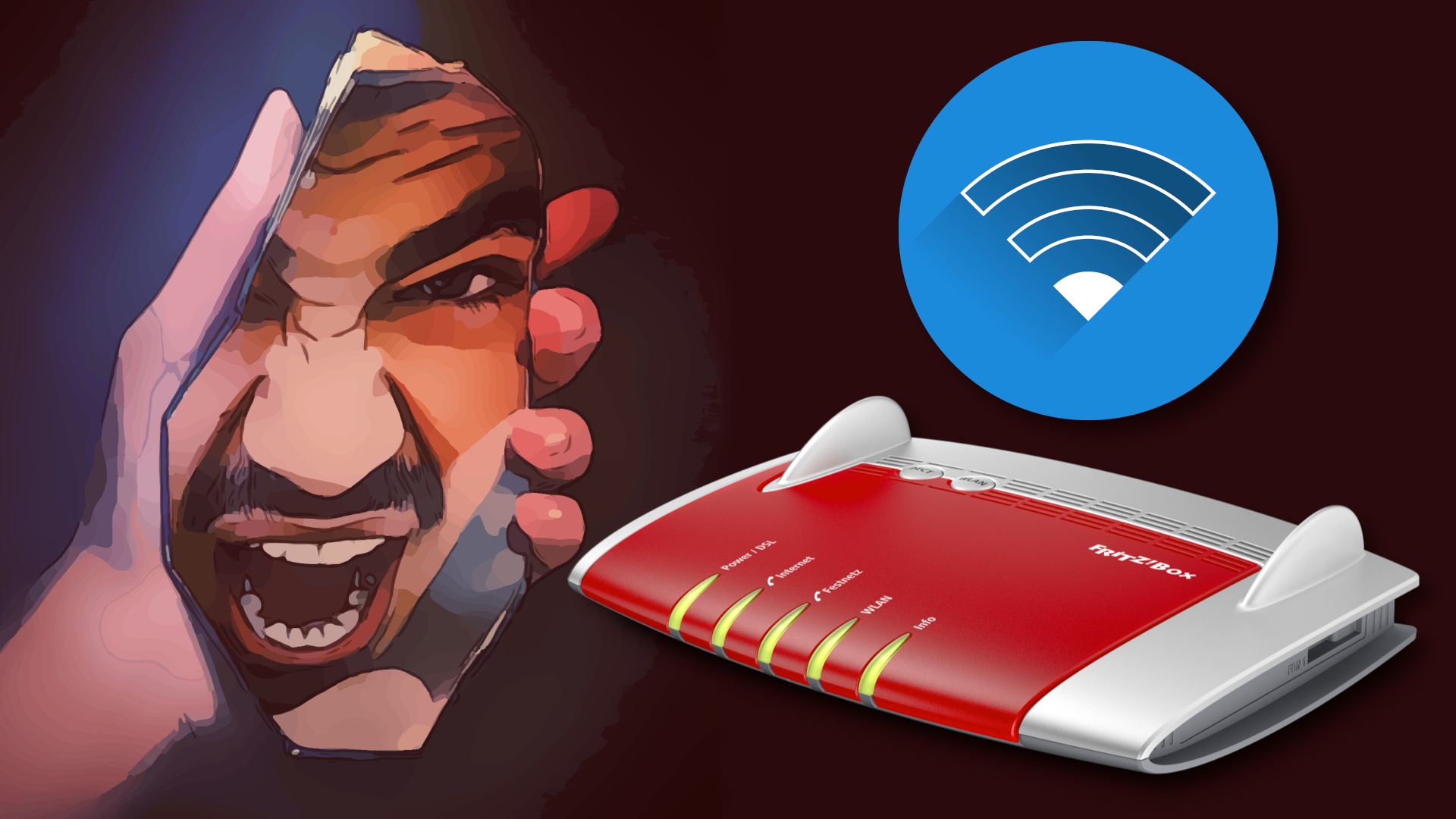The most important thing first: This article can only be relevant for you if you have a router and end devices that support the 5 GHz frequency band (which is now often the case). But you don’t get much of that if, like me, you forget to make sure that you’re using the right WiFi network. The implications for bandwidth can be big – but first things first.
What is the 5 GHz frequency band? This is a frequency range that has been supported by WLAN routers for a long time. Initially, only the 2.4 GHz frequency band was intended for this, but this is now often heavily used. For this reason, an alternative for a better connection can be very helpful.
However, the 5 GHz frequency band does not only have advantages. The theoretical maximum speed is significantly higher than in the 2.4 GHz frequency band and the susceptibility to interference is less high due to the lower load. On the other hand, the 2.4 GHz frequency band has a greater range, also because it can be used to better penetrate interfering objects such as walls.
This makes the location of your router potentially very important. You can find out more about this in this guide:
more on the subject
7 tips for the optimal placement of your WiFi router
My extreme case: Only 10 instead of 100 Mbit
In my home office, I always use the 5 GHz band with my PC, because when I moved in three years ago, I found out in short tests that it was the much better choice in my case. The computer is in the home office, which is separated from the router in the living room by the hallway or by two walls.
After the 5 GHz Wi-Fi went haywire a few weeks ago and I switched to the 2.4 GHz network as a result, I forgot to switch back again – and I got that in terms of bandwidth by uploading a video felt, as the following comparisons show:
More specifically, it’s about my current graphics comparison between the next-gen version of The Witcher 3 and the original version. It’s a manageable 4 GB in size, but I very rarely upload videos and didn’t know exactly how fast my upload should actually be. That’s why I grudgingly accepted the excruciatingly slow process at first.
But after the upload stopped shortly before the end and it took forever on the second attempt, I had the idea to check my WLAN and the bandwidth – and lo and behold, I was in the 2.4 GHz network. Network on the go and therefore only had about 2 Mbit/s in the upload instead of 40 and only just under 10 Mbit/s in the download instead of almost 100.
I’m getting the results from the tests above every day around these dimensions, so here I have a fundamental problem with the 2.4 GHz frequency band that can also affect you. In the next section What does all of this mean to me?
I’ll go into more detail.
How do I check what WiFi I’m using? You can see which frequency band is used both in the settings of your router and in the Windows settings. In Windows 11 you will find the appropriate information in the system settings network and internet
. There it says under Characteristics
which frequency is used:
What does all of this mean to me?
Basically, the influence that the choice of frequency band has on your bandwidth is very individual because it depends on many local factors. These include the following:
- location of the router
- exact router model
- PC location
- precise WLAN module in/on the PC
- other existing WLAN networks in the immediate vicinity
- Devices that use your own WiFi
However, my case shows very clearly that it can be worthwhile in individual cases to change the frequency band. It is definitely worth a concrete test, especially since it is done in no time at all.
At the same time, a look at the local network utilization makes it clear why my bandwidth in the 2.4 GHz WLAN suffers so much. The following data comes from the settings of my Fritzbox 7560 or more precisely from the menu item WLAN -> Funkkanal
:

The much more heavily used frequency band is unsurprisingly the 2.4 GHz network. At the time of the test, a total of 17 different networks were transmitting there, while there were only five in the 5 GHz band.
The most stable and reliable option is usually still the connection via network cable. However, if this is not easily possible, as in my case, and you are dependent on WiFi, it may be worth checking which frequency band you are using for your WiFi.
You can find many more tips for improving your WLAN with additional hardware in this detailed guide with pros and cons for the various solutions:
Repeater, Powerline or Mesh – This is how you improve your WLAN reception
How do you go online with your PC? Via cable, via 2.4 GHz frequency band, via 5 GHz frequency band or even via mobile communications/LTE? And have you already experienced the difference between 2.4 and 5 GHz? Feel free to write it in the comments!












